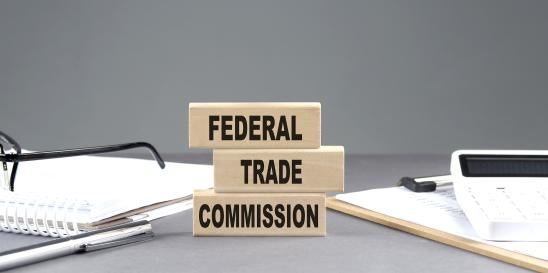The Energy Labeling Rule, designed to aid consumers in comparing the energy usage and costs of products, requires manufacturers to disclose estimated energy costs, energy consumption, and comparability ranges for similar models on EnergyGuide labels affixed to major home appliances and other consumer products. In October 2022, the FTC published an advance notice of proposed rulemaking, wherein it collected and considered comments on potential updates to improve the Rule.
Now, the FTC is seeking public comments to address four specific areas in order to produce a final rule that would improve consumers’ ability to make informed purchases. The public comment period on these proposed rule changes has been extended to April 2. If approved, the proposals will require (1) labeling of additional products, (2) amendments to the label requirements for particular products, (3) revisions to the label attachment requirements, and (4) establishment other miscellaneous changes.
New Product Labels
In light of evidence showing significant variations in energy usage across different models of several consumer products, the FTC proposes to extend the EnergyGuide labeling requirement to additional products. These proposed products include clothes dryers, various refrigerator products (e.g., wine chillers), and portable electric spaces (e.g., hot tubs). The FTC believes the change could help consumers gauge the differences in energy savings among various models, thereby aiding purchasing decisions. During the advance notice period, a few commenters opposed the labeling requirement for clothes dryers, arguing that the variation among current models was not significant enough to necessitate labels. However, the majority of commenters supported the inclusion of these products.
If the FTC adopts these proposals, new products within these categories will be required to display an EnergyGuide label, which will disclose information generated by the required US Department of Energy (DOE) test procedures regarding energy usage, costs, and comparability.
Changes to Existing Labels
The FTC is also inviting public comment on potential updates to the existing EnergyGuide labels for several products. These proposed revisions include information on the extra energy cost for moisture removal in clothes washers, the elimination of comparability ranges for televisions, and the amendment of pool heater labels to include annual operating cost disclosures. Further, the FTC proposes to end the requirement for labels to be affixed to water heaters, instead allowing a smaller label to be displayed on the product’s packaging.
Some comments expressed concerns about the lack of guidance on how these additional disclosures would be measured. In addition to soliciting comments, the FTC also suggested that updated procedures from the DOE could offer the necessary guidance. While these changes would require additional disclosures by manufacturers, the potential revisions to television and water heater labels could alleviate the burden on manufacturers by requiring less disclosure and implementing a simpler method of circulating the information. The changes aim to further assist consumers in making informed decisions by ensuring that only essential information is readily accessible when purchasing these products.
Revisions to Affixation Rules
To ensure labels are easily accessible to consumers without imposing unnecessary burdens on manufacturers, the FTC proposes that instead of requiring labels on all products, manufacturers would only be required to attach labels to products designated as showroom appliances. This would also make retailers accountable for ensuring that all displayed appliances carry these labels. The proposal grants retailers a one-year period to comply and requires manufacturers to supply labels to retailers upon request. For all other products, a paper EnergyGuide label can be included in a location other than on the product itself, provided it can be easily found within the product’s packaging.
The FTC contends this would alleviate the burden placed on manufacturers by reducing the resources needed to attach labels to every product, without compromising the availability of information to consumers. It also shifts some responsibility to retailers who, in the FTC’s opinion, are in the best position to ensure that showroom appliances clearly display the label.
Next Steps
In addition to the above changes, the notice also invites public comments on various other changes. These include extending compliance dates due to supply chain issues, aligning television data tests with recent DOE test procedure changes, and addressing minor formatting or placement requirements.
The FTC’s proposed changes aim to strike a balance between improving the rule’s objective of informing consumers and minimizing the burden on manufacturers required to comply with the rule. The primary focus of each proposal should be to ensure that consumers have the necessary information on the energy usage and cost of consumer products to make informed purchases.





 i
i


